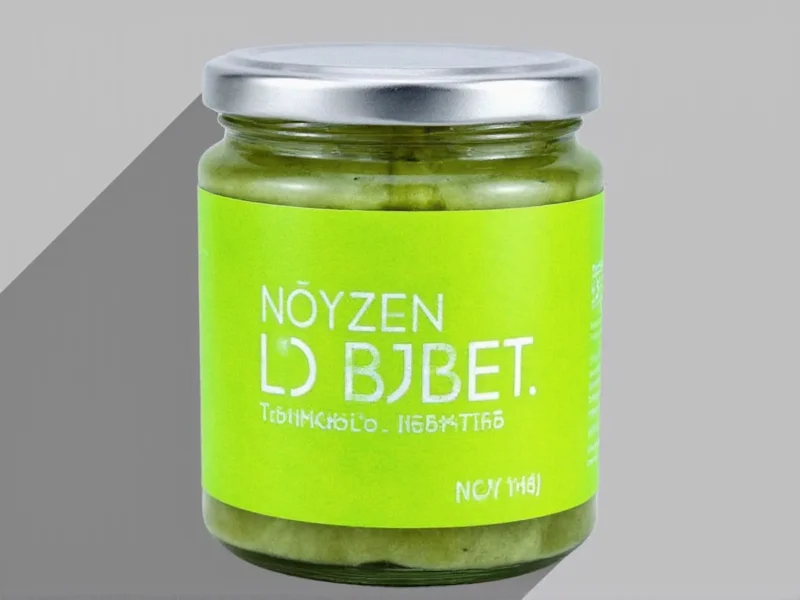When exploring what does zest lime mean, it's essential to understand this isn't just kitchen jargon but a precise culinary technique with significant flavor implications. The vibrant green outer skin of the lime—technically called the flavedo—contains concentrated essential oils that deliver the most potent lime flavor possible. Unlike lime juice, which contributes both flavor and liquid acidity, zest offers pure citrus aroma and taste without additional moisture.
What Exactly Is Lime Zest?
Lime zest constitutes only the outermost 1/16 inch of the lime peel, specifically avoiding the bitter white pith beneath. This thin layer houses microscopic oil glands that burst when grated, releasing intense citrus fragrance and flavor. Professional chefs and home cooks alike prize lime zest for its ability to elevate dishes with concentrated citrus notes that juice alone cannot provide.
Lime Zest vs. Lime Juice: Key Differences
Understanding what does zest lime mean requires distinguishing it from more familiar lime juice. While both come from the same fruit, they serve dramatically different culinary purposes:
| Characteristic | Lime Zest | Lime Juice |
|---|---|---|
| Composition | Colored outer peel only | Liquid from fruit segments |
| Flavor Profile | Intense citrus aroma, floral notes | Sour, acidic, liquid citrus |
| Moisture Content | Dry, no liquid | High liquid content |
| Culinary Use | Flavor enhancement without altering texture | Acidity, moisture, liquid flavor |
| Shelf Life | Weeks when frozen | Days refrigerated |
Proper Techniques for Zesting Limes
Knowing what zest lime means is only half the battle—you need proper technique to extract it effectively. The key is removing only the colored portion while avoiding the bitter white pith underneath. Several tools work for this purpose:
- Microplane grater: Creates the finest, most uniform zest with minimal effort
- Zester tool: Features small holes that produce thin strips of zest
- Vegetable peeler: Best for creating wide strips for garnishes or infusions
- Channel knife: Specialized tool for creating decorative citrus twists
Always work with room-temperature limes, as cold fruit yields less oil. Roll the lime firmly on your countertop before zesting to break oil glands and maximize flavor release. Never zest waxed or treated limes unless you've thoroughly scrubbed them first.
Culinary Applications of Lime Zest
When you understand what does zest lime mean in cooking context, you'll recognize its versatility across numerous applications. Professional chefs consider zest a secret weapon for intensifying citrus flavor without adding liquid. Common uses include:
- Enhancing baked goods like cakes, cookies, and muffins with concentrated citrus notes
- Adding brightness to savory dishes such as fish, chicken, and vegetable preparations
- Creating compound butters and flavored oils for finishing dishes
- Infusing spirits for cocktails without diluting them with juice
- Boosting the citrus profile in marmalades and preserves
Unlike juice, which can make batters too wet or alter textures, zest integrates seamlessly while delivering maximum flavor impact. Many professional recipes specify "zest of 1 lime" as a precise measurement for this potent ingredient.
Storage Methods for Lime Zest
One advantage of understanding what zest lime means is learning how to preserve this valuable ingredient. Fresh zest loses potency quickly, but proper storage extends its usability:
- Refrigeration: Store in an airtight container for up to 3 days
- Freezing: Spread zest on parchment paper, freeze, then transfer to freezer bags for up to 6 months
- Zest cubes: Mix with water or oil and freeze in ice cube trays for recipe-ready portions
- Drying: Dehydrate zest at low temperature for powdered citrus flavoring
When substituting frozen zest for fresh in recipes, use a 1:1 ratio—thawing isn't necessary as it incorporates directly into batters and sauces.
Common Mistakes When Using Lime Zest
Many home cooks make critical errors when working with zest, diminishing its culinary impact. Avoid these pitfalls:
- Zesting too deeply: Including white pith creates bitter flavors that ruin dishes
- Using waxed limes: Commercially treated limes contain coatings unsafe for consumption
- Over-zesting: Too much zest overwhelms rather than enhances a dish
- Adding too late: In baking, add zest early to distribute flavor evenly throughout
- Confusing with juice: Substituting juice for zest (or vice versa) alters recipe chemistry
For optimal results when exploring what does zest lime mean in your cooking, always use organic limes when possible and zest immediately before incorporating into your recipe for maximum flavor impact.











 浙公网安备
33010002000092号
浙公网安备
33010002000092号 浙B2-20120091-4
浙B2-20120091-4